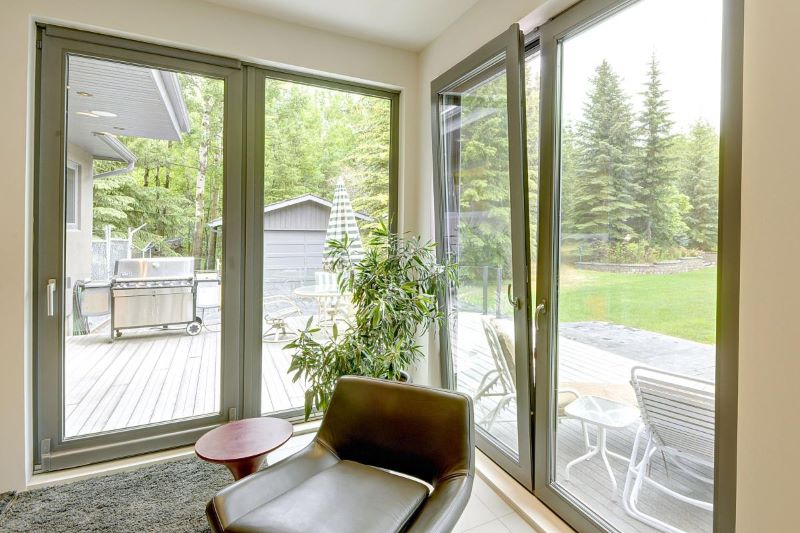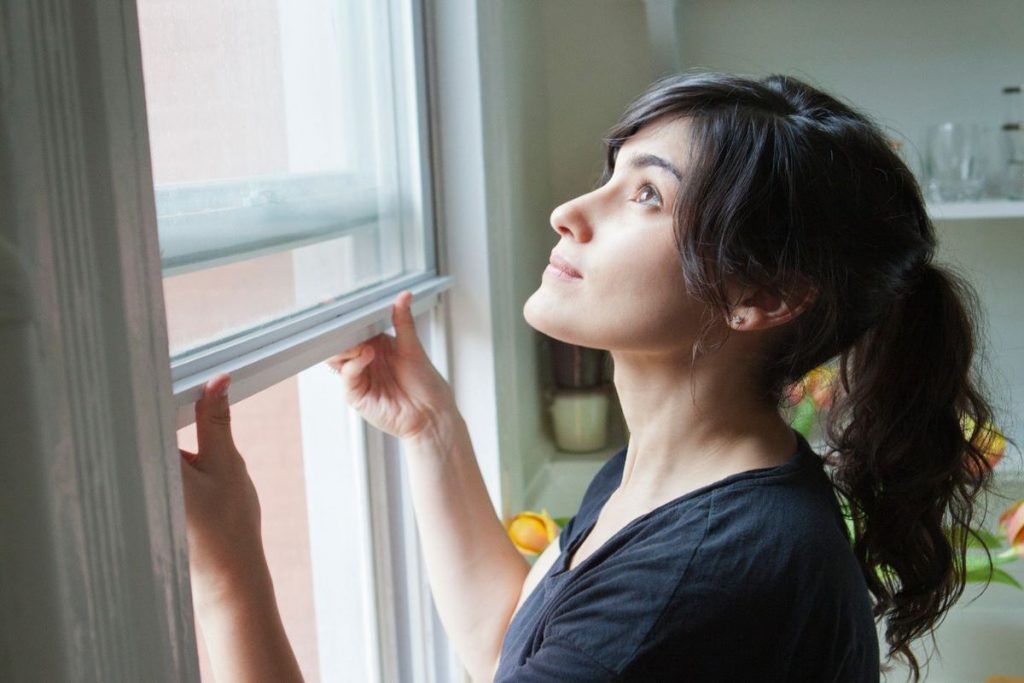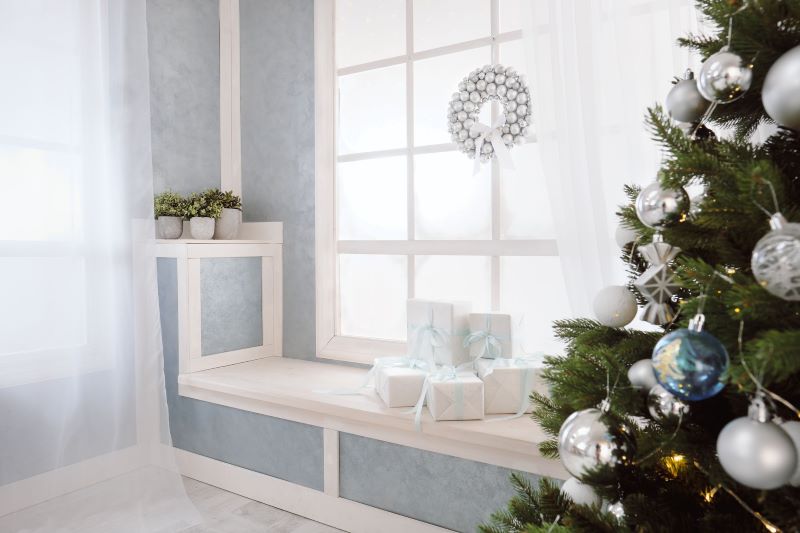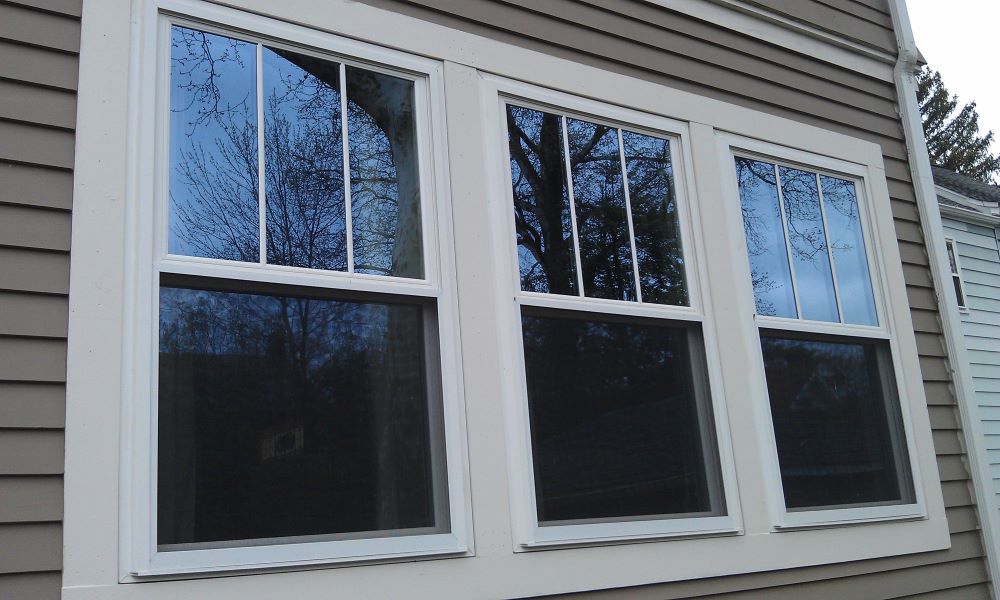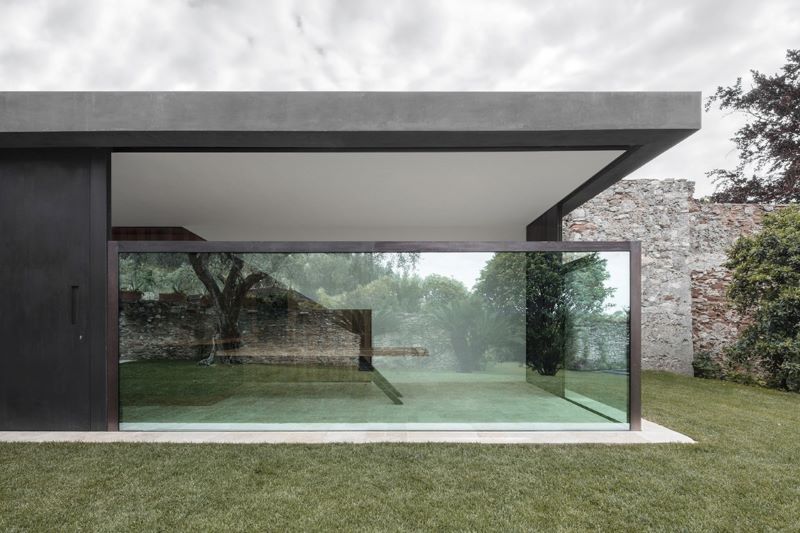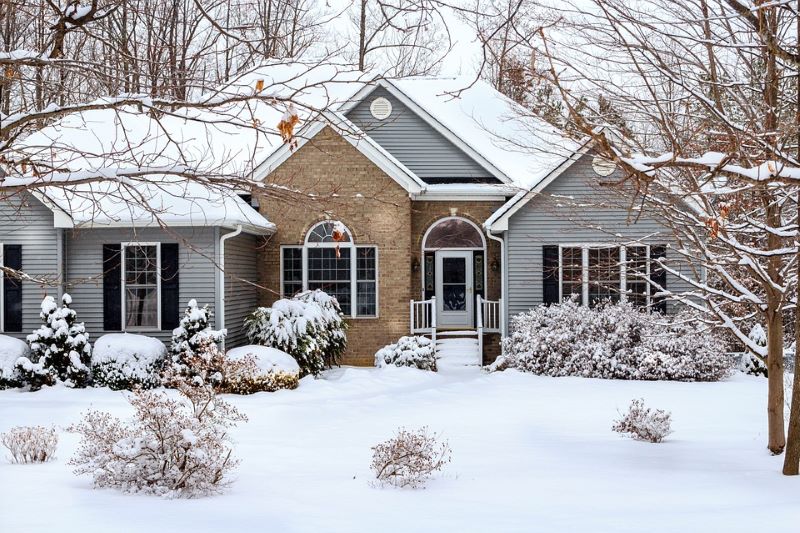Table of Contents
There is no doubt that the advocacy for environmentally-friendly buildings has grown over the years. For homeowners, constructing or renovating a home with eco-friendly materials is the way to go. When it comes to windows, choosing an eco-friendly window is a balance of several factors. If you are ready to practice green living for sustainability, here are five factors to consider before your window installations.
The Frame
Window frames provide support to the sashes, glazing, and other components of the window. The frame is also in direct contact with the walls. Eco-friendly window frames should be airtight to prevent the leakage of heated or cold air in or out of the building. Air leakage affects the heating and cooling of your home, and may consequently increase your energy bill if not handled in good time.
You can use wooden window frames if you prefer a classic look in your home. Wood is an efficient insulator and looks appealing. When selecting wooden frames, purchase frames that have the U.S. Forest Stewardship Council’s (FSC) approval. The FSC manages forests and certifies sustainable wood, which is critical in preserving forests.
Alternatively, you can use fiberglass for your window installation. Fiberglass is a material made of glass fibers held together with resin. This material can resist warping, swelling, and rotting. Fiberglass frames can expand and contract at the same rate as the insulated glass they hold. This material also requires low maintenance, making it cost-effective. Fiberglass is so efficient and durable that it has the Energy Star, LEED, and Green Globe rating seals.
Glass
The glass you select for your windows affects your green living by adjusting the energy consumption in your household. Insulated glass is an excellent choice for modern homes. Manufacturers improve insulation by injecting inert gas such as argon between panes. The gas prevents the transfer of heat through the panes, making the window energy efficient. You can choose between double-pane and triple-pane windows. However, if you do not wish to increase the glazing, you can achieve green living with tinting.
A low emissivity (Low-E) coating provides insulation to a window. This undetectable layer of silver oxide blocks the entry of harmful UV rays to ensure energy efficiency. With low-E glazing, you can enjoy natural light with minimal heat fluctuations. A low-E tint is as effective as adding an extra pane and air insulation. However, you can combine these features to create more energy-efficient windows. A double-paned window is twice as good as a single-paned window. However, when you add a low-E coating, the double-glazed window becomes thrice as good.
Sunshine Control
While glazing and tinting will lower the amount of radiation penetrating your home, you may want to take extra measures to prevent heat gain. You can achieve this by adding retractable screens to block out the heat. You can also install automatic screens that deploy when they detect sunlight. In this way, you can block out radiant heat from entering your home even when you are away. If you prefer blinds and shutters, select FSC-certified woods and bamboo. For fabric window covers, choose biodegradable materials such as hemp and organic cotton.
Ratings
Energy efficiency varies in different regions, depending on the climatic conditions. While selecting products with an Energy Star seal is an excellent choice, you may still retain unsustainability if the window does not meet your needs. For this reason, understanding the ratings used on windows can help you decide.
First is the U-factor, which is a measure of a window that insulates your house. The U-factor ratings range from 0.20 to 1.20. The lower the score, the better the insulation the window provides. It would help if you also considered the solar heat gain coefficient (SHGC). The SHGC is a measure of the window’s capacity to block out sunlight and retain a cool internal environment. A lower SHGC means that the window is better equipped to block out sunlight.
If you’re looking for better control over the amount of light entering your house, look for the visible transmittance (VT) rating. The VT is a measure of the amount of visible light that passes through a window. A higher VT means you will have more natural light, which will reduce your dependence on artificial light. Another critical measure is the R-value, which measures a window’s resistance to heat loss. If you want to prevent heat loss from your home, look for windows with a high R-value.
Installation
Even the best-rated windows can be inefficient when poorly installed. After purchasing eco-friendly windows, hiring a certified contractor for your window installation will ensure that you enjoy the full benefits. A licensed contractor will fix all your Energy star sealed windows according to the manufacturer’s instructions. A window expert is also in a position to advise you on the energy requirements of your window and help you pick eco-friendly products.
Conclusion
Managing your window installation will ensure you select eco-friendly products. As you strive to reduce your carbon footprint and improve green living, remember to consult an expert for advice and installation.
